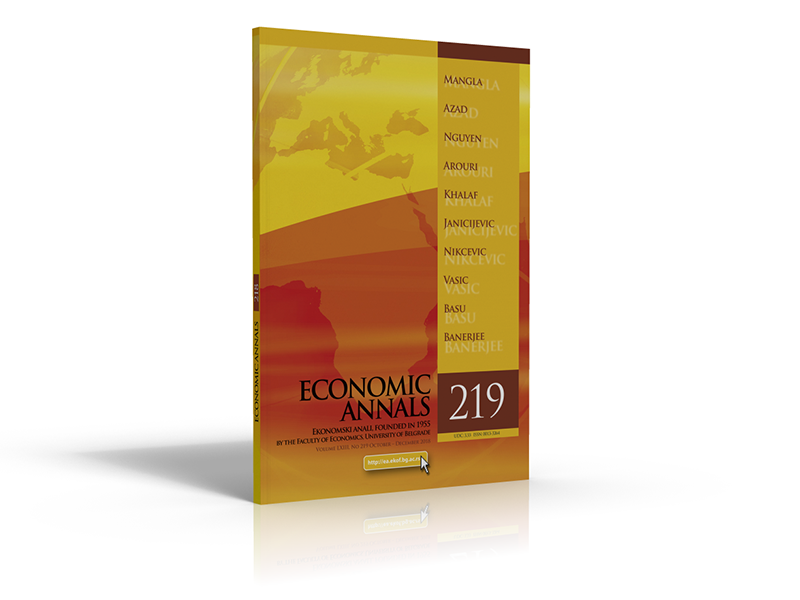TRADE LIBERALIZATION AND FIRM-LEVEL PRODUCTIVITY: A PANEL DATA ANALYSIS OF THE INDIAN IRON–STEEL INDUSTRY
##plugins.themes.bootstrap3.article.main##
##plugins.themes.bootstrap3.article.sidebar##
Sanjay Kumar Mangla
Abstract
The iron–steel industry in India contributes about 3% of gross domestic product and provides employment for more than half a million people. However, although steel production in India has increased at a trend growth rate of 7.83% during the post-reform period between 1991–1992 and 2012–2013, this does not necessarily indicate efficient utilization of production factors, as it can also result from a higher level of inputs. Therefore, it is important to record productivity growth and identify its determinants. This study estimates total factor productivity (from firm-level data) in the Indian iron–steel industry and examines the impact of trade liberalization (measured as decline in input tariffs, output tariffs, and effective protection rate) on productivity during the abovementioned period.
##plugins.themes.bootstrap3.article.details##
Keywords
iron–steel, panel data, productivity, trade liberalization, India
JEL Classification
D24, O24, O53
Issue
Section
Articles
How to Cite
Kumar Mangla, S. (2018). TRADE LIBERALIZATION AND FIRM-LEVEL PRODUCTIVITY: A PANEL DATA ANALYSIS OF THE INDIAN IRON–STEEL INDUSTRY. Economic Annals, 63(219), 7-32. https://doi.org/10.2298/EKA1819007M
How to Cite
Kumar Mangla, S. (2018). TRADE LIBERALIZATION AND FIRM-LEVEL PRODUCTIVITY: A PANEL DATA ANALYSIS OF THE INDIAN IRON–STEEL INDUSTRY. Economic Annals, 63(219), 7-32. https://doi.org/10.2298/EKA1819007M

